It is well known that the use of energy-saving (or, as they are also called, heat-saving) double-glazed windows is economically and environmentally appropriate and very profitable. Such double-glazed windows, as is clear from their name, not only save heat energy and keep the heat in the house or apartment, but also provide an optimal microclimate in the room in a hot sunny summer. On how to choose the right insulating glass with energy-saving glass, we'll talk in this article.
Content
What is energy-efficient double-glazed windows and how to distinguish them
Double-glazed windows are called two or three glasses, hermetically connected in a single structure. Aluminum frames in the double-glazed window are used to provide a fixed distance between the panes. Such frames are attached to the glass with the help of butyl, which provides one more layer so necessary in the double-glazed seal.
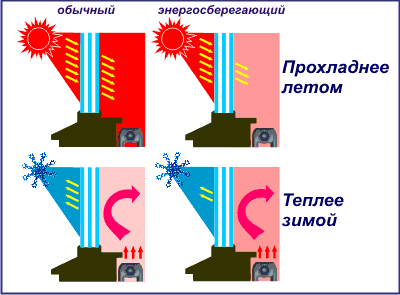
In an energy-efficient double-glazed window between two carefully glazed windows around the perimeter, there is an insulated chamber, which during the manufacturing process is filled with some kind of inert gas with low thermal conductivity. Typically, this gas in the heat-insulating glazing is argon. Energy-saving double-glazed windows with energy-saving glasses, depending on how many cameras they have, can be divided into double-glazed windows from two glasses (single-chamber) and to double-glazed windows consisting of three glasses (two-chamber). The second chamber, being an additional one, adds heat and noise insulation to the energy-saving double-glazed windows.
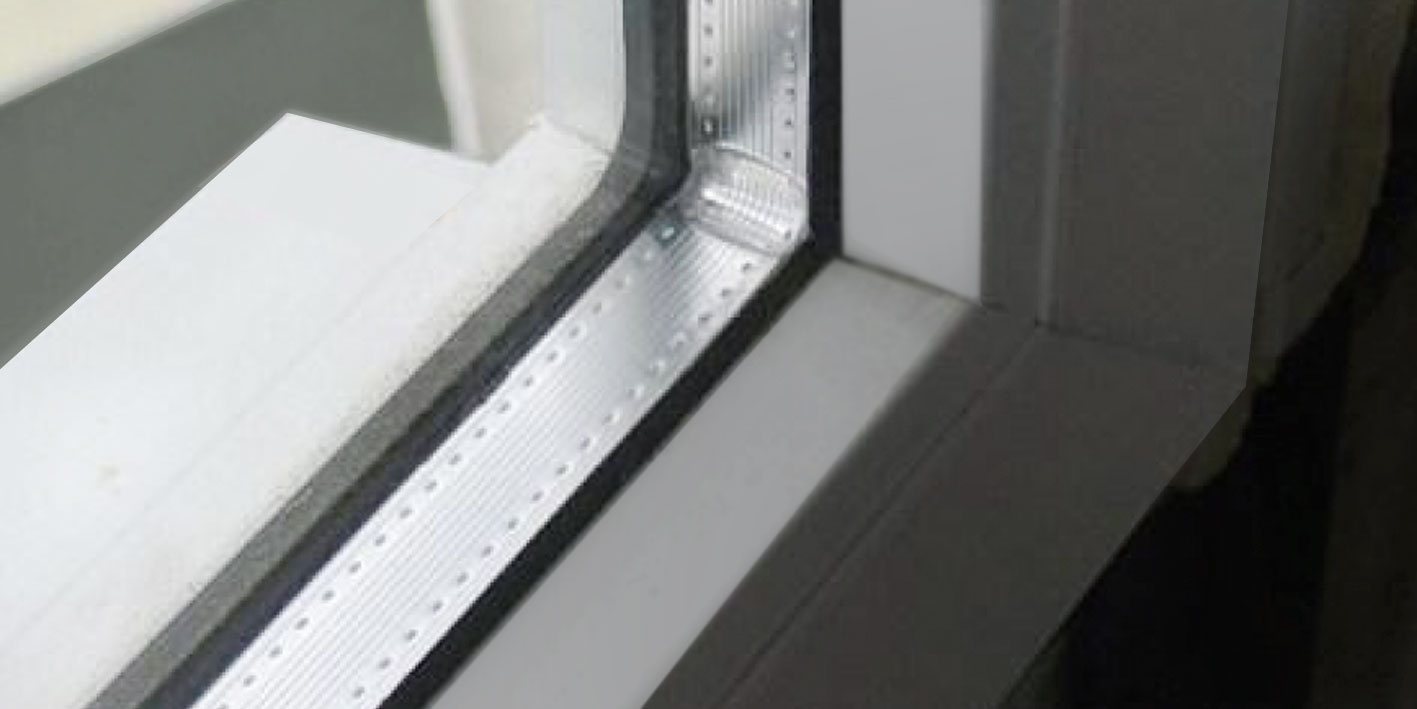
In the case of the production of heat-insulating double-glazed windows with energy-saving glass, a carefully sealed connection will help to implement one of the basic principles of thermal insulation, namely, to continuously store the gas (argon) inside the energy-saving glass unit, which is the best thermo-insulating modern material.
Heat-insulating double-glazed windows, except for ordinary glass, also include low-emission glass and additionally filling the insulating glass with gas argon.
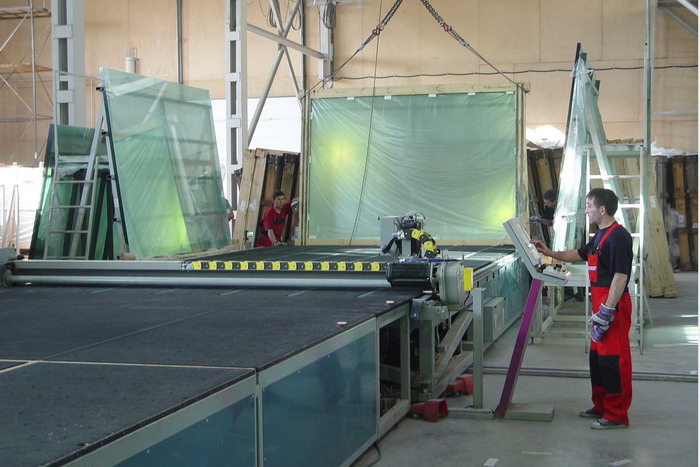
In order to distinguish energy-efficient double-glazed windows from conventional double-glazed windows, attention should be paid to their marking. In the insulating glass unit, the manufacturer indicates the thickness of the glass and its type, as well as the width of the distance frame. The number of air layers and the type of gas that was used to fill them should also be indicated. Usually low-emissivity glasses are marked, like K (glass with a hard low-emission coating manufactured on the technology of On-line) and I (a glass with a soft low-emission coating, manufactured using Off-line technology). Also used markings - S (glass colored in mass), Pl (heat reflecting film) and S (glass colored in mass). Gases filling interstitial space are marked as
air (default gap) and Ar (argon).
Double-glazed windows have a certain symbolic designation, so 4M1-16-4M1 means that this double-glazed window is single-chambered, and is made of M1 glass with a thickness of 4 mm and has a distance of 16 mm between the panes. In this double-glazed window, the gap between the two existing glasses is filled with ordinary air (not argon).
Economic benefit when using heat-insulating double-glazed windows
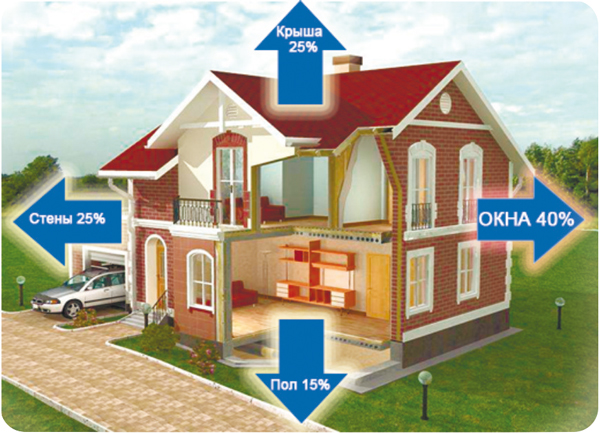
Energy-saving double-glazed windows with energy-saving glass operate on the principle of a thermal mirror, that is, they reflect heat back into the room without letting it out (to the street). This is actually a heat-insulating double-glazed unit.
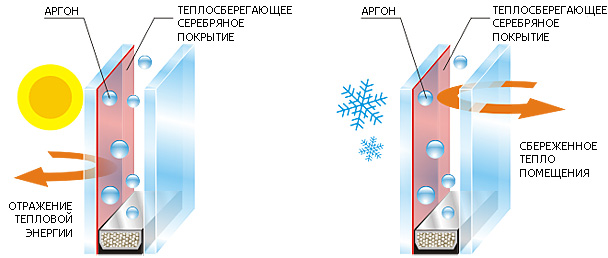
We mentioned that low-emission glass is used in the manufacture of energy-saving insulating glass. This special glass is very different from the ordinary window. It differs from it with a special silver layer inside the heat-insulating glass unit, which protects it from any mechanical damage. This layer does not affect the light-passing properties of the insulating glass unit with energy-saving glass, but it significantly reduces the heat loss (more than by half compared to the ordinary double-glazed window.) When using an energy-saving glass unit with energy-saving glass, the consumption of electric energy is reduced by The fact that there is no need for additional heating of the apartment apartment or house.
Thus, the cost of thermal or electric energy is reduced, and the temperature in the room is increased. In the summer, on the contrary, energy-saving double-glazed windows with energy-saving glass will keep the flow of excess heat and light into the house.
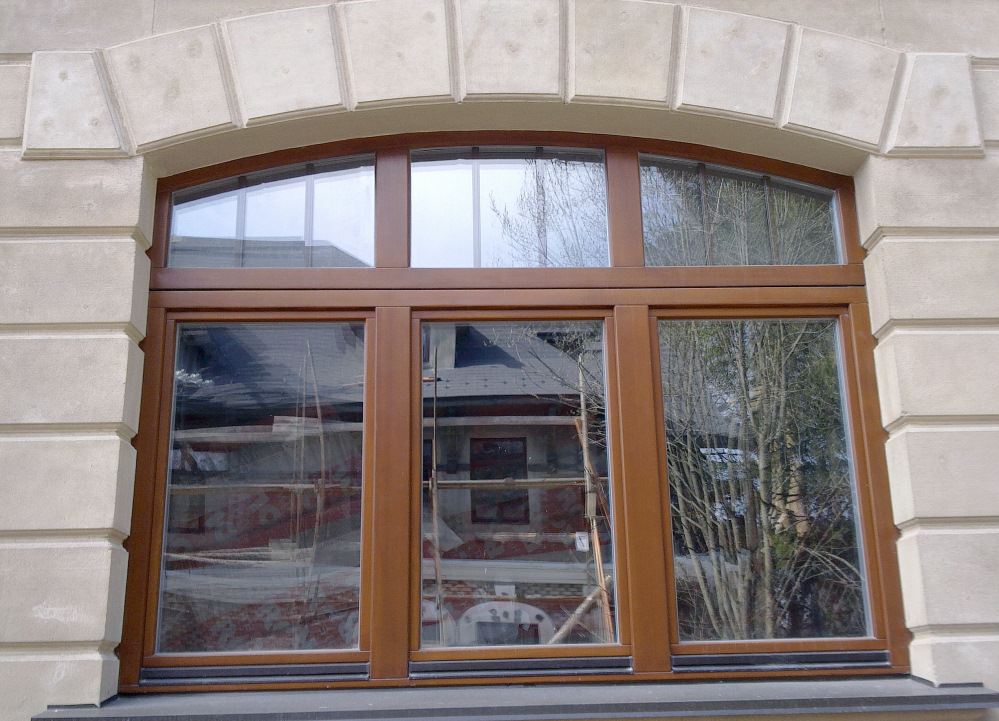
Heat-saving double-glazed windows with energy-saving glass are absolutely necessary in a sharply continental climate with significant temperature changes, as well as in those houses or apartments where there is poor heating (for example, in country houses).
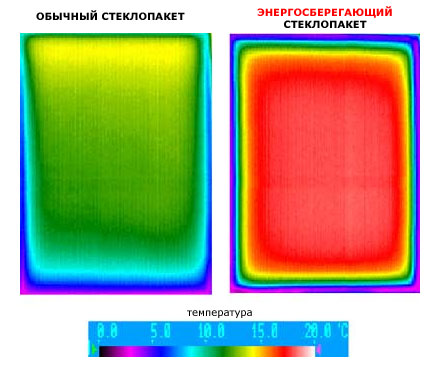
At such energy-saving double-glazed windows with energy-saving glass, the thermal insulation properties are increased, and by light transmission properties they are no different from the usual ones. On the contrary, the light transmission at heat-insulating double-glazed windows during the cold season is maximally increased.
Energy-saving double-glazed windows with low-emission glass pays off in about four years. Thus, we can conclude that both the economic and environmental feasibility of using energy-saving glass is not in doubt.
The management of many cities has already ordered economic calculations on the expediency of using insulating glass with energy-saving glass and, based on their results, today made certain practical steps towards the implementation of the state program to ensure effective energy saving.
Disadvantages of energy-saving double-glazed windows
The second, additional, the chamber adds weight to the window leaf and gives an additional load to the window hinges. Therefore, when installing such a double-glazed window with energy-saving glass, quality fittings are very important. In this case, increasing the weight of the insulating glass will not in any way affect the life of the heat-saving window.
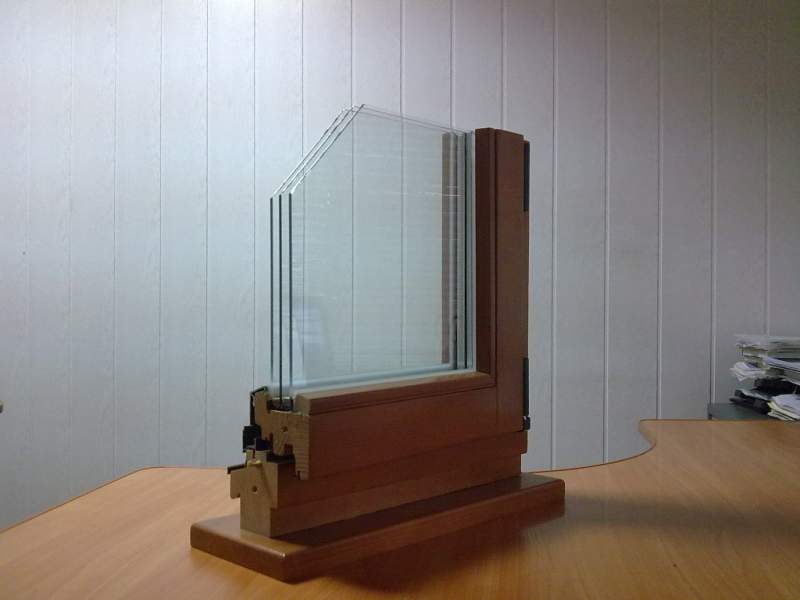
Energy-saving insulating glass - this is necessarily hermetic double-glazed windows. However, if it is manufactured poorly and not hermetically, moisture will enter it, and the heat transfer of such a glass unit will not differ in any way from the usual, unsealed (wooden) one. In this case, making a heat-insulating glass unit with energy-saving glass loses all meaning, it will not be an economically viable purchase, because installing two simple glasses in a conventional frame costs much less, and the effect will be the same.
Thus, we see that the drawbacks of using energy-saving double-glazed windows are much less than the advantages.
So, let's sum up today's article:
Heat-insulating double-glazed windows reduce heat loss during the heating season, thus reducing the cost of heating the housing. They also reduce the cost of money for the necessary air conditioning of living areas during the hot summer period. Thus, such special modern double-glazed windows contribute to the increased comfort of housing. Energy-saving double-glazed windows save fuel and energy resources, increase the ergonomics of living quarters and improve the ecology.



















